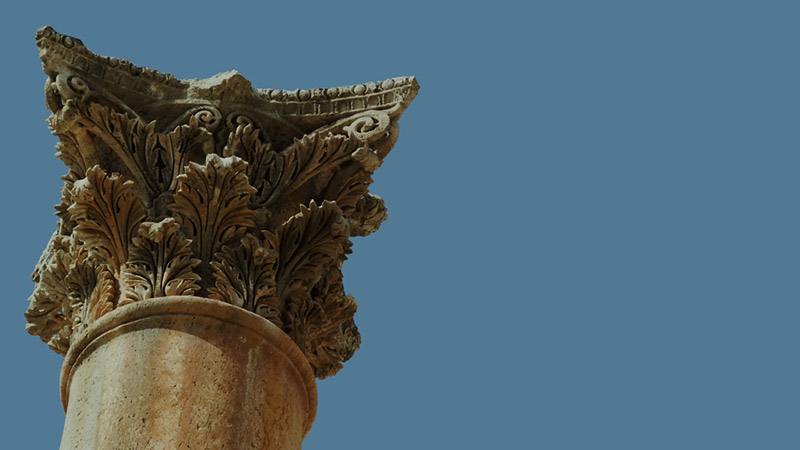More Results
Showing 12 of 197
Encyclopedia

Azekah
Tel Azekah is a five-acre site overlooking the Valley of Elah. The Judea Mountains stand to the east. The Mediterranean Sea, located about twelve miles to the west, can be seen from the tel.Archaeologists have identified at least four levels of ci...
MORE
Basalt Crusher
This crusher is found at Capernaum, Jesus' home-base (Matthew 4:13), near the synagogue. The local basalt "a hard, volcanic black rock" made excellent crushers and other types of grinders.Jesus frequently saw crushers and millstones like...
MORE
Beth Shean
This view from the Old Testament city of Beth Shean shows the magnitude of the archaeological project and the glory that was Beth Shean in Jesus' time.Note the remains of a theater that seated approximately 7,000 spectators. Jesus is the only pers...
MORE
Burial Practices
Burial PracticesThe BodyAccording to Jewish interpretation of the Old Testament Law, burial had to occur within 24 hours (Deut. 21:23). This was partly due to the climate in Israel, and partly because the body was considered to be ceremonially unc...
MORE
Caesarea
Herod seized an opportunity to control world trade by building a seaport on Israel's coast, where the sea routes and the predominant land route intersected. Caesarea was a glorious city, covered with marble, and symbolizing the vast wealth that He...
MOREGlossary

Aphrodite Definition
Greek god of love and beauty. Daughter of Zeus and Dione (or did she spring from foam in the sea?)
MORE
Ashkelon Definition
Philistine city-state on the Mediterranean Sea and the Via Maris trade route.
MORE
atonement Seat Definition
Slab of gold on top of the ark of the covenant on which the golden cherubim stood. It symbolized God's throne.
MORE
Bema Definition
Raised platform; the Seat of judgment. Also, place from which scripture is read in the synagogue.
MORE
Bethsaida Definition
One of the three main towns of Jesus' ministry in Galilee. This small, prosperous fishing village on the north shore of the Sea of Galilee was renamed Julias and rebuilt by Herod Philip. Home of apostles Peter, Philip, and Andrew. Near this villag...
MORE
Bronze Sea Definition
Bronze basin at the entrance to the tabernacle used for ceremonial purification before sacrifices were made. It also symbolized God's forgiveness after sacrifices were made. Solomon commissioned a large basin for the temple at Jerusalem. It was ov...
MORE


















